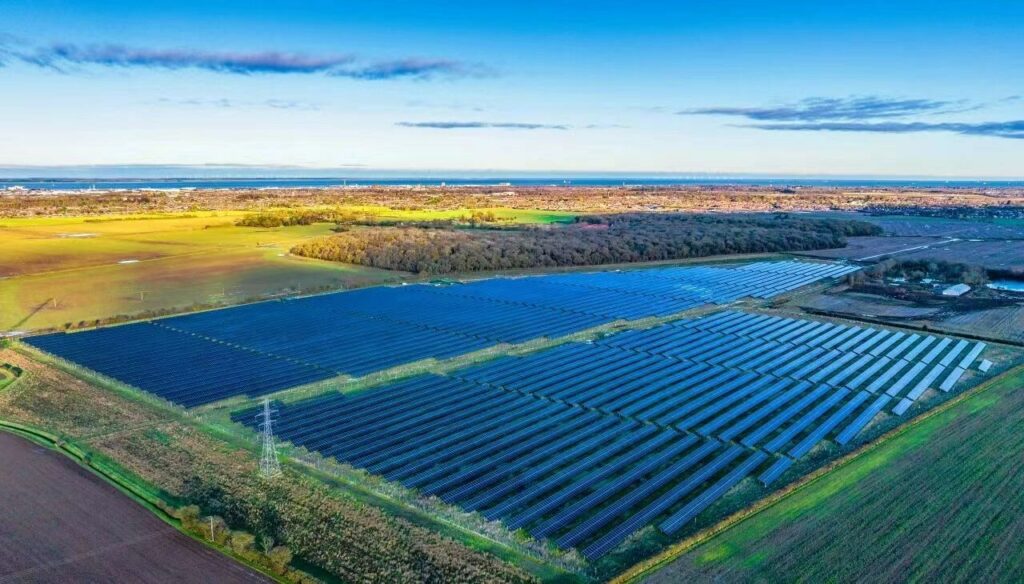
Chinese multinational power company Shanghai Electric has confirmed that its 100W/100MWh energy storage project in Kent has entered commercial operation.
Developed by Pacific Green and purchased by a subsidiary of Italian-based Generali, the REP1&2 project, also known as Richborough Energy Park, is equipped with lithium iron phosphate batteries produced by the Nantong factory of Gotion New Energy. This project, which is recognised as the company’s first large-scale overseas energy storage project, is now officially being operated by Shell Energy Europe.
Shanghai provided a full set of energy store system solutions including 38 battery containers and 20 PCS containers for the site.
The Kent-based battery energy storage project developed by Pacific Green was sold to Sosteneo Fund HoldCo S.à.r.l in June last year. The deal, worth a total of £74 million, would see Pacific Green sell 100% of its shares in the Richborough Energy Park.
Shanghai Electric also confirmed that it has successfully gained a grid connection for its Fiskerton II-A solar project located in Lincolnshire in December 2023.
This marks the completion of an eight-strong solar portfolio being developed by the Chinese firm. This portfolio includes West Holcombe in Shillingford, Bishop’s Waltham in Winchester, Outwood in Billericay and Ingham, Trose Newton in Norwich, Sweeting Thorns in Scunthorpe, Low Farm in Grimsby and, of course, Fiskerton II-A.
Although the firm did not disclose the specific generation capacity of each solar project, Stuart Mellor, project manager of the Fiskerton II-A project, did reveal that the portfolio would “provide 128,117MWh of green electricity in the UK each year combined”.

